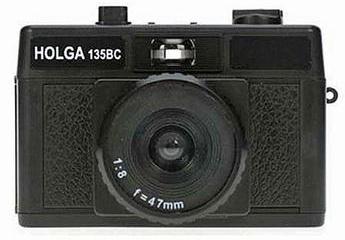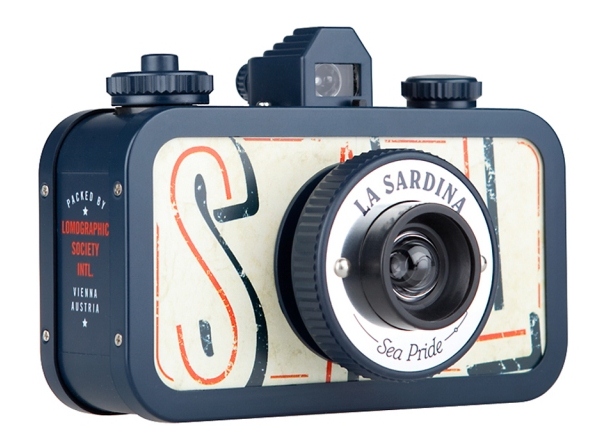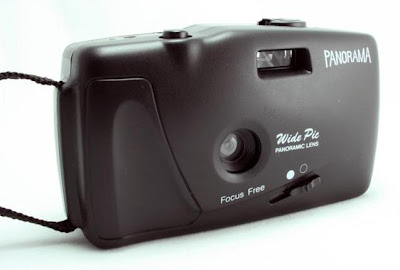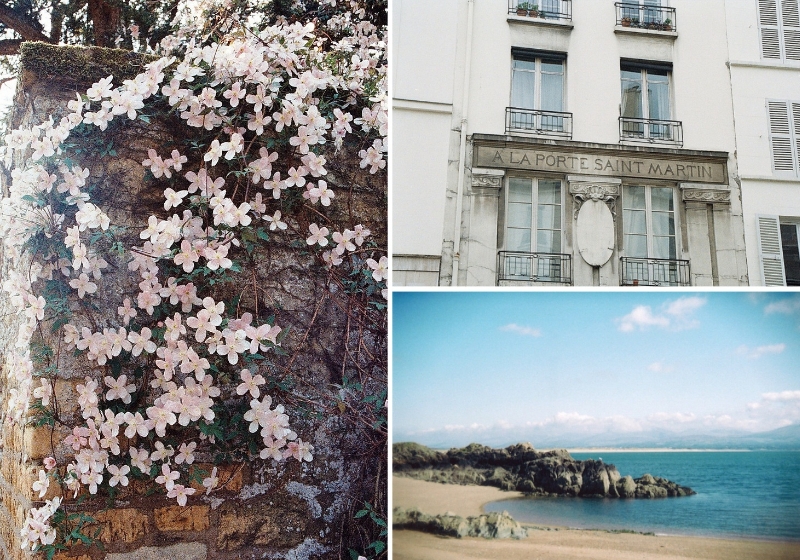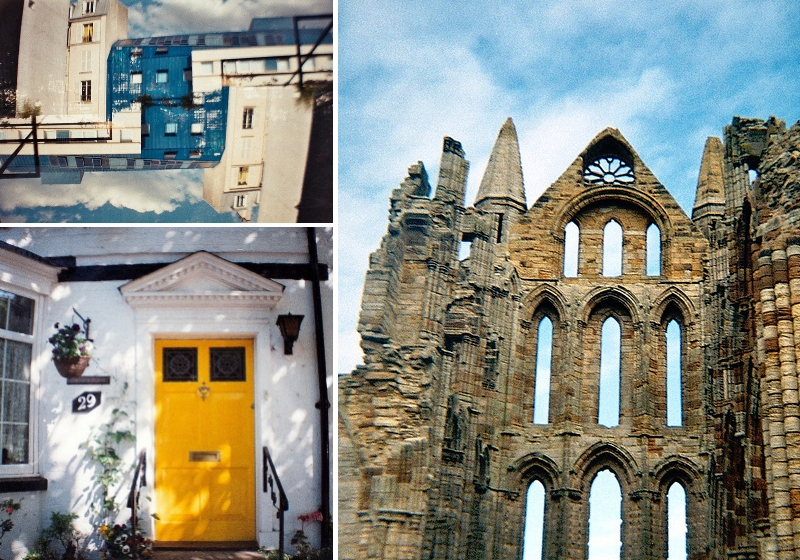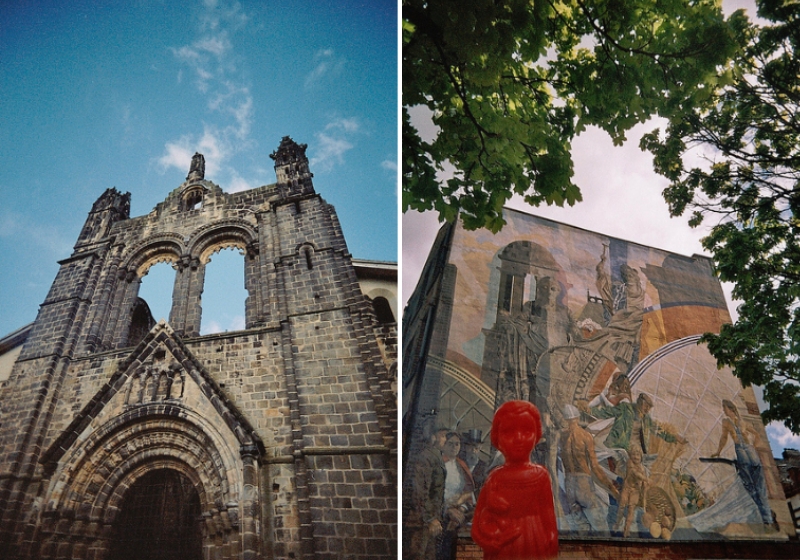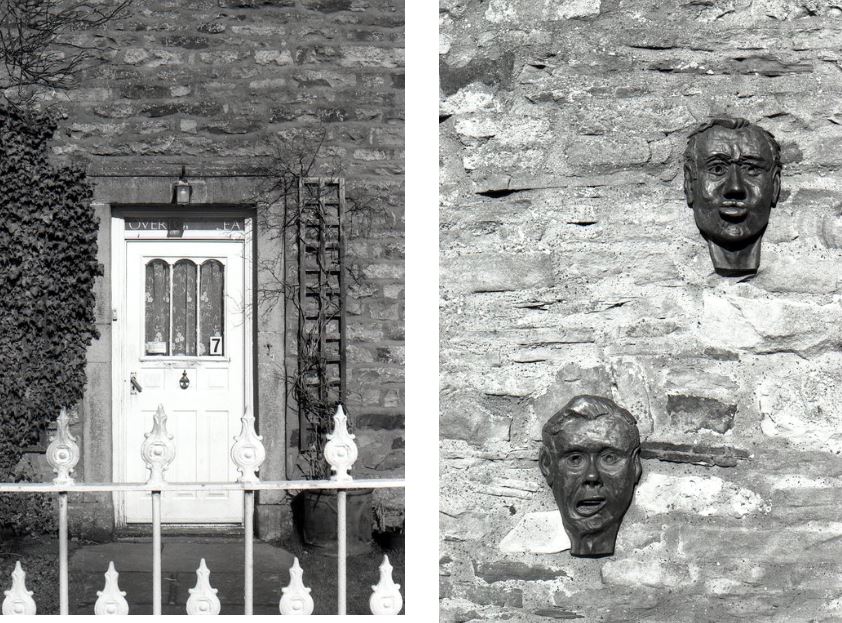I have a new toy, a Samsung Galaxy Tab 3 tablet and I am so excited about it - so excited that this week will be dedicated to my favourite apps on there. I only intended to put together one post about it but I got a bit carried away with 1. getting apps for it and 2. taking photos when I starting taking them of the tablet and apps. So let's get started with of course, photography apps.
It's true, I love film photography - but really, I love photography in general. I wrote an eBook for Gadchick about Android apps and I loved playing around with these on my phone - but now I have a bigger, brighter, better screen giving me more detail for editing and space for viewing photos. The Android photography apps keep expanding too with amazing apps like Instagram and VSCO finally available (woo) in the Play Store and this tablet is more than capable of bringing out the best of my photos.
One particular thing I have loved about this tablet is how perfect the screen size is for viewing other peoples photos - I spend a lot of time browsing Instagram and Flickr and the quality and brightness of the screen - along with the smooth scrolling of both apps has made this past-time even more enjoyable.
Three other great photography apps for editing photos (though only two are pictured...) that I enjoy using with this tablet are Snapseed, VSCO Cam (who doesn't love this app) and The Beautiful Mess app (so glad this is on Android!). The larger screen allows for more detailed editing compared to using my phone, especially if adding words to your photos and the quality of the screen again displays the images beautifully. I also love how quickly the tablet processes the apps allowing for quick working as well as great results.
What amazes me right now is how cheap good tablets are becoming - this tablet does everything that I need of it but is very affordable I feel. There are also other Samsung tablets available of course, like these from Argos, with larger screens and more memory if you can afford to spend more, but as my first tablet, the Samsung Galaxy Tab 3 is perfect for my photography needs.
Camera: Olympus OM-10
Film: Fuji Superior 400













